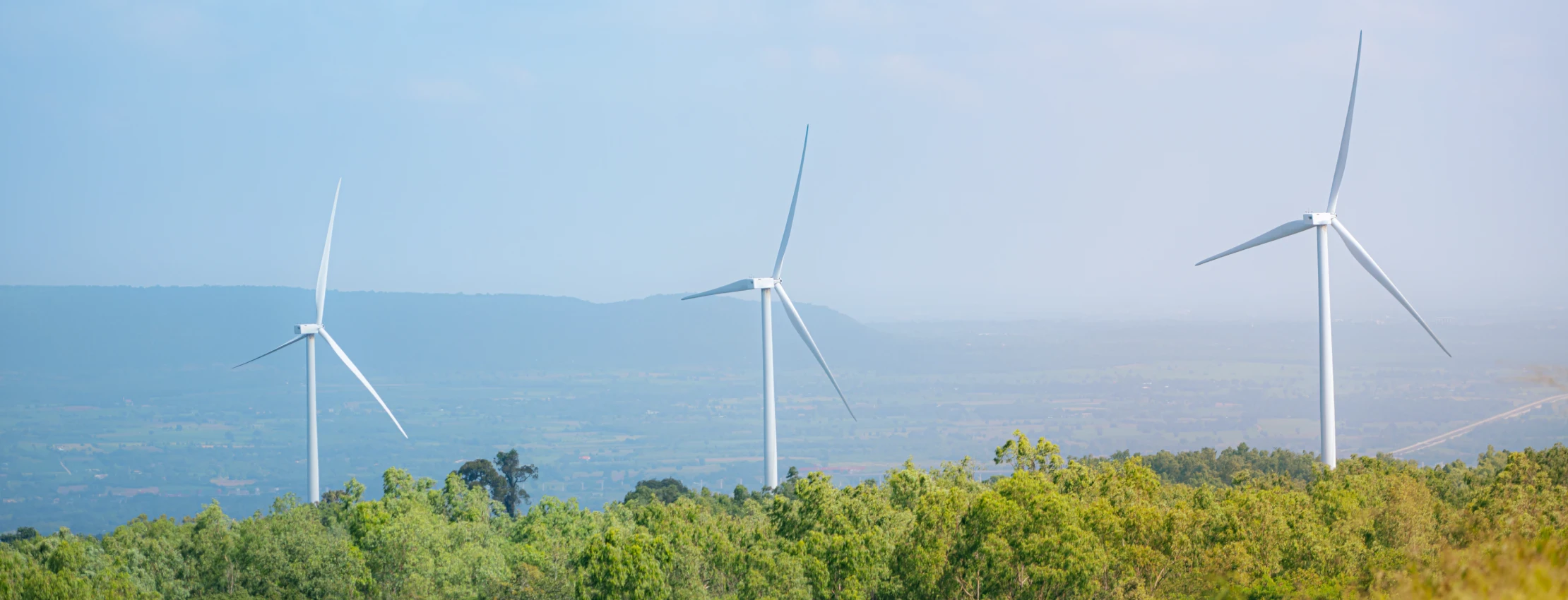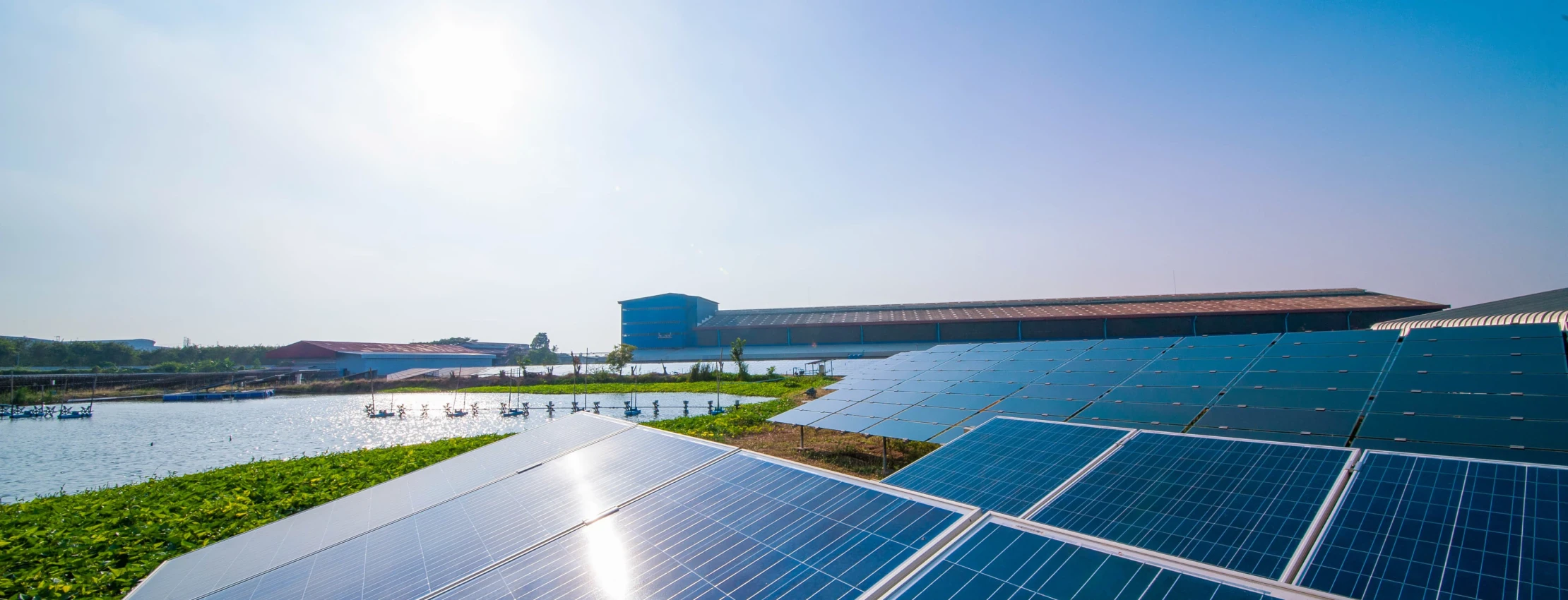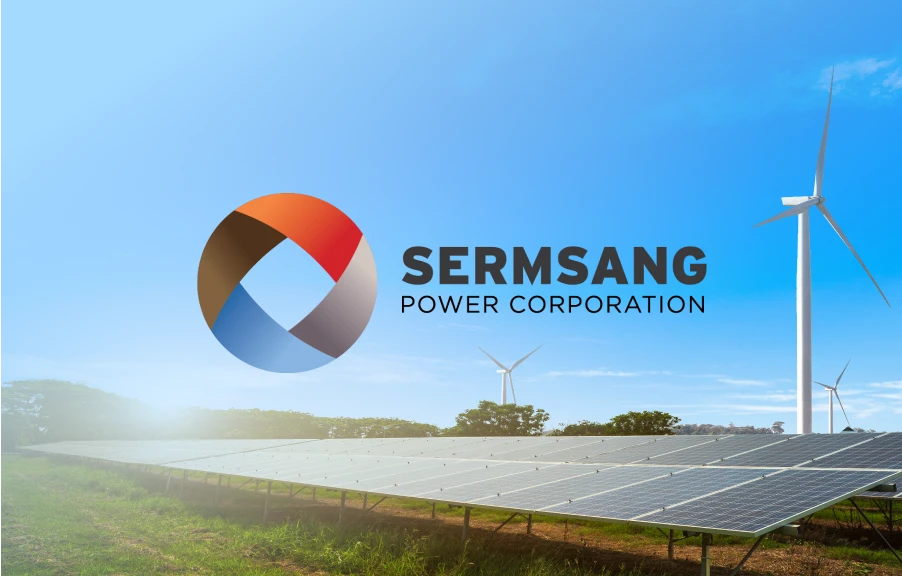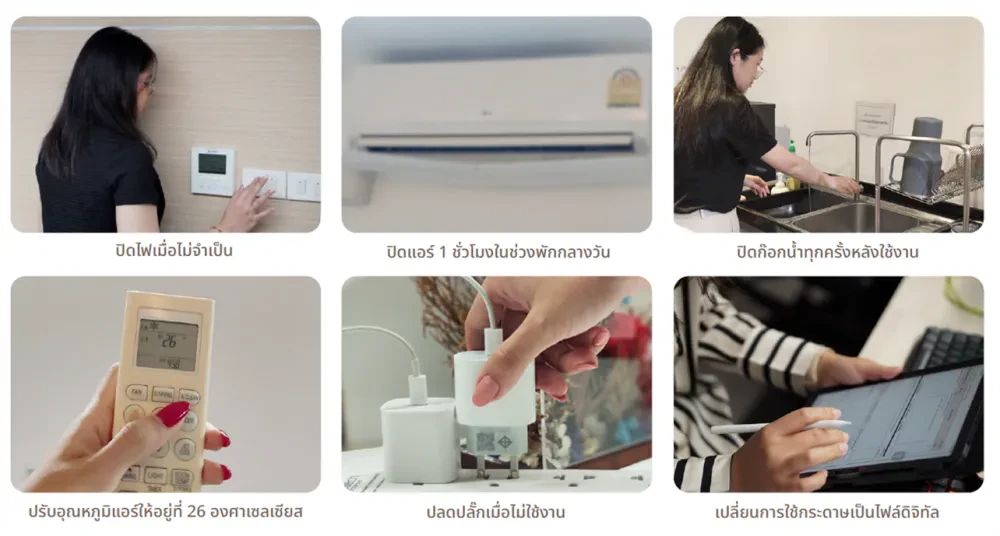
Energy Management
Importance and Mission
The significance of efficient and sustainable resource use in energy management: Improving energy efficiency is a key factor in ensuring the sustainability, cost-effectiveness, and long-term competitiveness of operations involving solar, wind, and biomass energy. Enhancing energy use efficiency reduces energy losses, lowers greenhouse gas emissions, and maximizes resource utilization—demonstrating the Group's commitment to sustainable business practices. This is especially vital for biomass energy, as energy efficiency plays a critical role in the fuel conversion, combustion, and energy transformation processes. Optimizing these processes reduces energy waste and increases production capacity, helping to reduce dependence on external energy sources, lower production costs, and improve profitability.
From a financial perspective, advancing energy efficiency enables the Group to align with green financing requirements and ESG standards, thereby improving access to low-cost financing and strengthening investor confidence. Additionally, efficient energy use enhances the Group’s resilience to climate change by reducing overall energy demand and supporting the transition toward more environmentally friendly energy consumption in the long term.
SDGs in the Energy Management
Goals and Performance Highlights
Goals
Performance Highlights 2024
This table can be scrolled horizontally
| Energy Type | SPN | SS | SN | UPT | WINCHAI | SEG | TGC | TTQN | SSE | TTTV | Year 2024 |
|---|---|---|---|---|---|---|---|---|---|---|---|
| Solar Farm | Solar Farm | Solar Rooftop | Biomass | Wind Farm | Solar Farm | Solar Farm | Solar Farm | Solar Rooftop | Wind Farm | ||
| Fuel and Energy Consumption within the Organization (Unit: Megajoules) | |||||||||||
| Non-renewable energy | 611.10 | 20.82 | 0 | 127.20 | 488.31 | 611.70 | 0 | 508.09 | 0 | 381.50 | 2,799 |
| Renewable energy | 69,829 | 7,602 | 11,808 | 74,767 | 136,327 | 80,110 | 26,852 | 64,926 | 39,805 | 162,572 | 674,597 |
| Purchased electricity | 69,829 | 7,473 | 10,537 | 65,854 | 132,108 | 77,554 | 22,686 | 64,701 | 38,563 | 161,405 | 518,842 |
| Renewable electricity generated | |||||||||||
| Energy Consumption Rate per Unit of Production Process | 0.009 | 0.003 | 0 | 0.002 | 0.004 | 0.008 | 0 | 0.008 | 0 | 0.002 | 0.04 |
| Avoided Emissions for Allocation and Impact Report (tCO₂e) | 36,667 | 3,992 | 6,200 | 39,260 | 71,586 | 37,768 | 23,738 | 59,985 | 34,630 | 150,200 | 464,025 |
Management Approach
To achieve energy efficiency targets and expand renewable energy use, the Group applies strategic measures focused on improving energy efficiency, integrating renewable energy, and optimizing operations. Key approaches include:
Increase clean energy generation capacity by
30%
by 2030
- Invest in new renewable energy projects: Expand solar, wind, and biomass capacity through project development and technology upgrades.
- Enhance existing asset efficiency: Upgrade solar, wind, and biomass power plants for maximum energy output.
- Apply smart grid technology: Improve grid systems to reduce transmission losses and enhance delivery efficiency.
Reduce greenhouse gas emissions by
30%
by 2030
- Expand use of low-carbon energy: Increase reliance on solar and wind energy and enhance biomass combustion efficiency.
- Implement carbon capture and offset measures: Develop biomass ash for carbon trading and credit programs.
Improve energy efficiency in production by reducing energy use per unit by
10%
by 2030
- Use energy-efficient machinery and equipment: Upgrade wind turbines, inverters, and biomass boilers to high-efficiency models.
- Optimize production processes: Utilize AI systems and energy management tools to monitor and manage energy use.
Reduce organizational electricity use by
10%
by 2030
- Promote energy-saving culture: Raise awareness and motivate employees to participate in conservation initiatives.
- Conduct campaigns and outreach: Projects such as "Powering a Greener Workplace" and the "4P" campaign (Switch Off, Adjust, Unplug, Change) encourage resource-saving behaviors.






